Nestled in the heart of the Mediterranean Sea, Sardinia is an Italian island renowned for its stunning natural landscapes, rich history, and vibrant culture. This destination, often overshadowed by Italy’s more famous locales like Rome and Venice, is a paradise for travelers seeking everything from adventure to relaxation. Whether you’re hiking through rugged mountains, lounging on pristine beaches, or exploring ancient ruins, Sardinia offers a diverse array of experiences that cater to all types of visitors. In this blog post, we will delve into the island’s highlights, culture, cuisine, and tips for making the most of your trip to Sardinia.
A Brief Overview of Sardinia
Sardinia is the second-largest island in the Mediterranean (after Sicily) and is an autonomous region of Italy. With a land area of approximately 24,000 square kilometers, it boasts a rich tapestry of landscapes, including mountain ranges, lush valleys, and over 1,800 kilometers of coastline. The island enjoys a Mediterranean climate, characterized by hot, dry summers and mild winters, making it an ideal year-round destination.

Getting to Sardinia
Traveling to Sardinia is relatively straightforward, thanks to its well-connected international airports. The main airports are Cagliari Elmas Airport (in the south), Olbia Costa Smeralda Airport (in the northeast), and Alghero-Fertilia Airport (in the northwest). Various airlines operate flights from major European cities, and once on the island, you can easily rent a car to explore its many charming towns and natural attractions.
For those looking for a truly unique experience, a ferry ride from mainland Italy is another option. Regular ferry services operate between Sardinia and several mainland ports, including Civitavecchia, Livorno, and Genoa.
Exploring Sardinia’s Natural Wonders
Beaches of Sardinia
Sardinia’s beaches are some of the most beautiful in the world, characterized by soft white sands and turquoise waters. The famous Costa Smeralda, located in the northeastern part of the island, is known for its glamorous resorts and stunning beaches like Spiaggia del Principe and Liscia Ruja. However, for those seeking a more tranquil experience, hidden gems such as Cala Luna and Spiaggia di Tuerredda offer breathtaking beauty without the crowds.
Natural Parks and Hiking
Beyond its beaches, Sardinia is home to numerous natural parks that showcase the island’s diverse ecosystems. The Gennargentu National Park, located in the island’s interior, is perfect for hiking enthusiasts. It features rugged mountains, deep gorges, and rare wildlife. The park’s highest peak, Punta La Marmora, promises stunning panoramic views for those willing to make the trek.
The Asinara National Park, located on an island off the northwestern coast, is a UNESCO World Heritage site. It is renowned for its unique flora and fauna, including the rare Asinara white donkey. Here, visitors can hike, bike, or take guided jeep tours to discover the park’s pristine landscapes.
Discovering Sardinia’s History and Culture
Sardinia’s history is as diverse as its landscapes, shaped by ancient civilizations, foreign dominations, and unique cultural traditions.
Nora and Other Archaeological Sites
Sardinia is dotted with archaeological sites dating back thousands of years. The ancient city of Nora, located near Cagliari, is one of the best-preserved archaeological sites in Italy, showcasing ruins from the Phoenician, Roman, and Byzantine periods. Visitors can explore the remnants of temples, theaters, and mosaics while enjoying stunning views of the sea.
Other notable archaeological sites include the Nuraghe Su Nuraxi in Barumini, a UNESCO World Heritage site, and the ancient city of Tharros on the Sinis Peninsula. Both give valuable insights into the island’s prehistoric Nuragic civilization, known for its iconic stone structures.
Local Festivals
Sardinia’s vibrant culture is best experienced during its numerous festivals that celebrate local traditions, folklore, and cuisine. One of the most famous is the Carnival of Oristano (Antichissima Sartiglia), celebrated in February and featuring colorful parades, traditional costumes, and thrilling equestrian events. The Festival of Sant’Efisio, held in Cagliari in early May, is another significant event, honoring the island’s patron saint with religious processions and cultural exhibitions.
Savoring Sardinian Cuisine
No trip to Sardinia would be complete without indulging in its exquisite cuisine, which reflects a blend of Mediterranean flavors and local ingredients. Traditional Sardinian dishes are hearty and often feature local meats, seafood, and seasonal vegetables.
Must-Try Dishes
Start your culinary journey with culurgiones, ravioli filled with potatoes and pecorino cheese, often served with a rich tomato sauce. Another staple is malloreddus (Sardinian gnocchi), typically dressed with a spicy sausage sauce.
For seafood lovers, grigliata di pesce (grilled fish) fresh from the Mediterranean is a must. Pair your meal with a glass of local wine, such as Vermentino or Cannonau, and don’t forget to try Pane Carasau, a traditional flatbread that accompanies many dishes.
Sweets and Treats
Finally, satisfy your sweet tooth with seadas, deep-fried pastries filled with cheese and drizzled with honey. These delectable treats are a highlight of Sardinian desserts and encapsulate the island’s rich culinary heritage.

Practical Tips for Visiting Sardinia
- Transportation: Renting a car is highly recommended for exploring Sardinia, as public transportation can be limited outside major cities. The scenic drives offer breathtaking views of the coastline and countryside.
- Timing Your Visit: The best time to visit Sardinia is during the shoulder seasons of spring (April to June) and fall (September to October). These months offer pleasant weather, fewer crowds, and vibrant local festivals. Summer can be extremely hot, especially in July and August, making it ideal for beachgoers but less suitable for hiking and outdoor adventures.
- Cultural Respect: While many Sardinians speak Italian, the local Sardinian dialect is still widely used. A few basic phrases in Italian can go a long way in showing respect for the culture and engaging with locals.
- Stay Hydrated and Safe: If you plan on hiking or spending long days at the beach, remember to stay hydrated and wear sunscreen. Sardinia’s sun can be intense, and it’s essential to protect yourself while enjoying the outdoors.
Sardinia is a treasure trove of natural beauty, historical richness, and culinary delights. Whether you’re a history buff, an adventure seeker, or a beach bum, this Mediterranean paradise has something to offer everyone. From its charming towns to its breathtaking landscapes, every corner of Sardinia invites exploration and discovery. So pack your bags, and get ready to embark on an unforgettable journey to one of Italy’s most enchanting destinations. Buon viaggio!

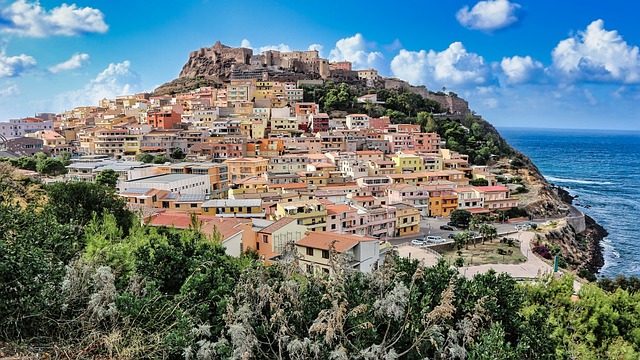
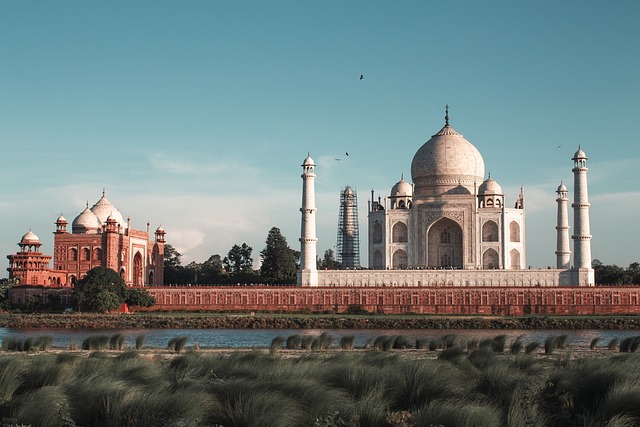
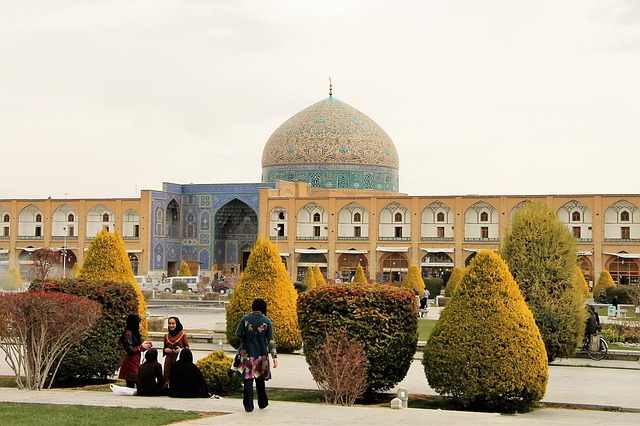
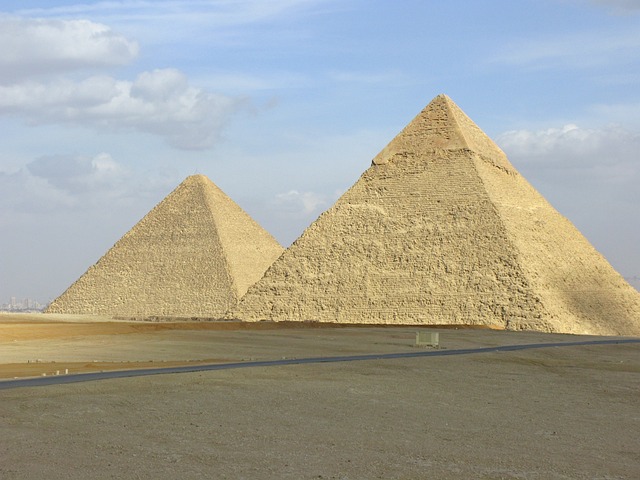
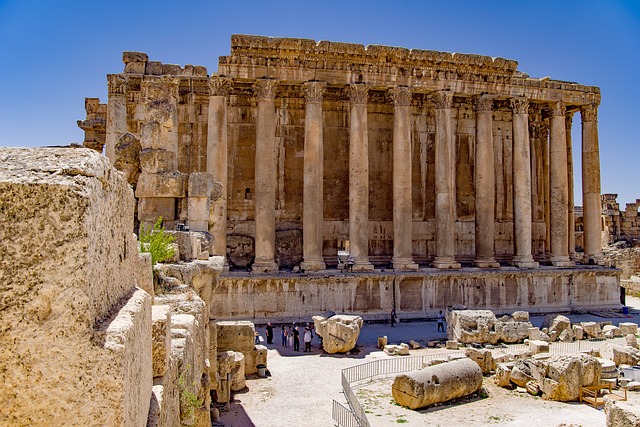
Great post. I used to be checking continuously this weblog and I am inspired! Extremely helpful info particularly the ultimate phase 🙂 I maintain such info a lot. I was seeking this certain information for a very lengthy time. Thank you and good luck.